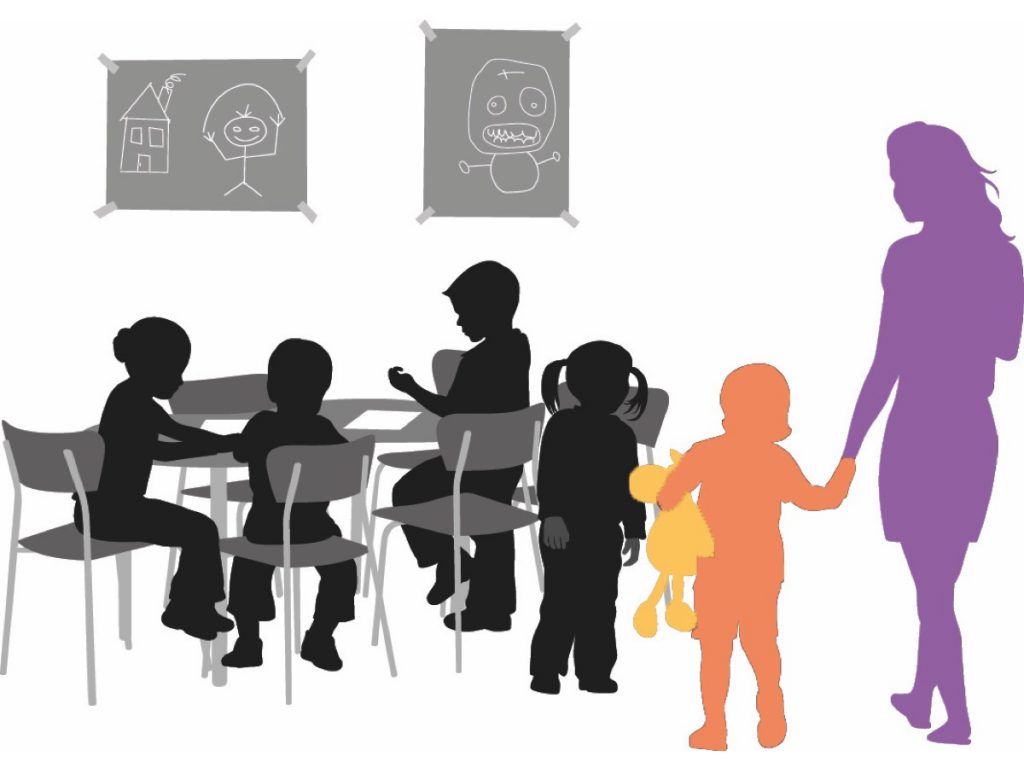
Children’s life experiences have a powerful impact on their temperament and developmental outcomes. Parental practices, in particular, can affect a child’s temperament and development.
You can’t choose a child’s temperament, but you can change how you respond to it. A child’s parents or environment can provide a “good fit” or “poor fit” for a child’s temperament. There is “goodness of fit” when your expectations are compatible with a child’s temperament. You adapt your behavior and environment to meet the needs of the child. Let’s explore what that might look like.
Max is shy and anxious, especially in new situations like entering a new classroom. But his parents are sensitive to his temperament. They provide a stable routine that promotes a sense of order and security. They allow him plenty of time to take in new experiences. Max may continue to be quiet and reserved as he grows up. But thanks to the good fit between him and his parents, he is also likely to become a well-adjusted adult.
Think about what it would be like if Max’s environment was a poor fit with his temperament. Without a stable routine, an unpredictable day may overwhelm Max and heighten his anxiety. What if Max’s parents pushed him into new experiences instead of letting him take it slowly? How might he respond? Without sensitive parenting, Max may have trouble coping with daily challenges. This could lead to low self-esteem, loneliness, and greater anxiety.
It is easier to create a good fit for a child with an “easy” temperament. It takes more work to create a good fit for challenging temperament behaviors. Sensitive parents create a supportive environment for their child. Parents can encourage adaptive behavior by introducing appropriate demands. By exposing a child to new experiences within his comfort level, parents encourage the child to expand his boundaries. They also help the child develop strategies to overcome any challenges. The interplay of temperament and environment shapes the course of a child’s development.
-
- Anterior cingulate cortex
- part of the brain that helps control emotional impulses
- Dimension
- more or less of a behavior
- Goodness of fit
- occurs when your expectations are compatible with a child’s temperament
- Negative reactivity
- a tendency to react in a negative manner
- Positive reactivity
- a tendency to react in a positive manner
- Prefrontal cortex
- the decision-making area of the brain
- Self-regulation
- a child’s ability to concentrate, to manage emotions, and to control impulses
- Temperament
- how a person approaches the world